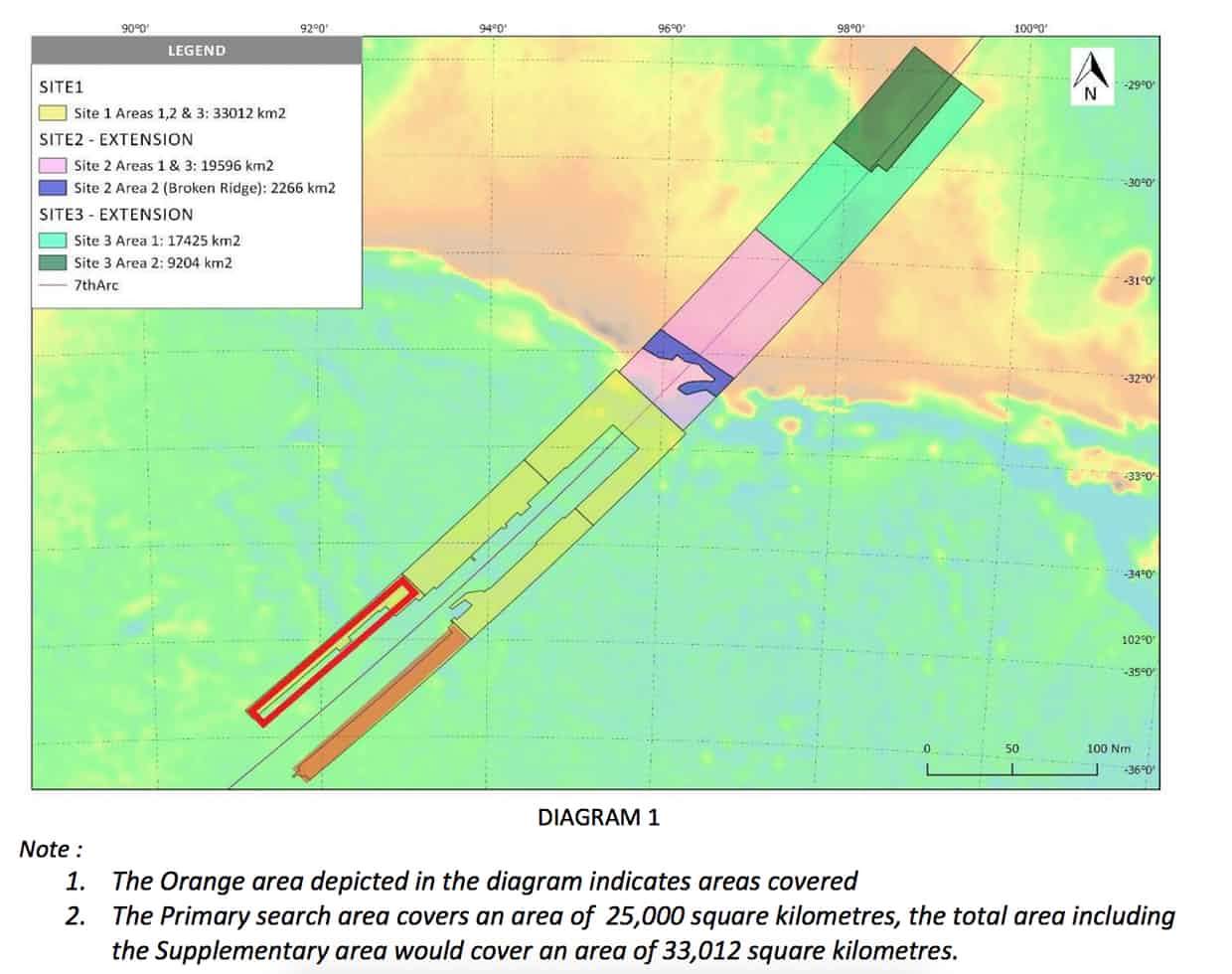… And the winner may be: Commentariat Comrade Reginald Selkirk. Comrade Selkirk, your [classified] [REDACTED] award has been placed in the award-vault and [REDACTED] 2,000 feet [classified] concrete.
In discussion of spooky behaviors and underwater exploration, Selkirk dropped a comment: [stderr]
I am absolutely positive this is not cover for a U.S. military intelligence operation
This Company Could Make $70 Million if It Finds the Long-Lost Wreckage of Flight 370
Ocean Infinity, based in Houston, has been commissioned by the Southeast Asian country to locate Malaysia Airlines Flight 370, which mysteriously disappeared over the Indian Ocean nearly four years ago. If the wreckage is found, the company stands to earn at least $20 million, and potentially up to $70 million, depending on the scale of the search, according to the New York Times. If unsuccessful, Ocean Infinity will receive nothing, as part of the agreement…
Ocean Infinity’s ship is equipped with eight unmanned submarines that scan the ocean floor at depths of nearly 20,000 feet.Because operating on a contingency basis is a totally normal way to run an expensive venture like that.
Today, The Guardian reports [guard]:
The ship searching for Malaysia Airlines flight MH370 disappeared from tracking screens for three days after it turned off its own satellite monitoring system with no explanation.
At the beginning of January, the US-based company Ocean Infinity was hired by the Malaysian government to search for the missing plane, which disappeared in March 2014.
Its ship, Seabed Constructor, began the search on 22 January, but on Thursday, after only 10 days, it turned off its Automatic Identification System (AIS) with no explanation.
Three days later, it reappeared outside the search area and on its way to a scheduled refuelling stop at the Australian port of Fremantle. Neither the Malaysian government nor Ocean Infinity has explained the outage, or where the ship travelled in those three days.

The search area
Options:
- “We turned off our tracking because we were hoping to get rammed into by a US destroyer.”
- “We didn’t want it to be completely obvious where we were placing the submarine sensors.”
- “We hired the guy from Hawaii, and he likes switching stuff on and off at inappropriate times.
- “BUTTERY MAILS!”
- “Manganese nodules we are using to mine for bitcoin.”
There are so many things that could be going on. My best bet is that they’re dropping sensors to try to track Chinese navy. I’m not aware of any missing Russian or Chinese nuclear submarines or nuclear-armed stuff that have been lost at sea – but then, I wouldn’t be.
Will be tracking this story (but not the ship) as it develops.

Put your tinfoil hats on and let’s speculate wildly about what the ship is really doing!
I strongly doubt it’s treasure. Ancient treasure-ships didn’t tend to go far from shore and more modern/recent treasure-ships are known. Ballistic missile subs seem to like to sink in the Atlantic and off Scandinavia [wik] North Korean missile tests aren’t landing in that area (that I am aware of) Maybe it’s a UFO!

My, my, that’s not at all suspicious, nope. Hmmm, can we work another Bermuda Triangle thingy in there somewhere?
Caine@#1:
Hmmm, can we work another Bermuda Triangle thingy in there somewhere?
“The Spratly Triangle” has a nice ring to it!
No, no, no. There is a perfectly reasonable explanation for this, namely human error. Actually even that sounds way to harsh. Someone just wasn’t concentrating properly. The identification system was probably developing a fault or running low on batteries, something like that. The crew decided it would be best to turn it off rather than let it fail on its own, which might cause more problems. They then ordered the necessary spare parts and waited.
And waited.
And waited some more.
After a few days of this they finally remembered they were already at sea! So no delieveries, of course. Well, face-palm, “Oh dear, let’s not tell anyone about this winkwink, gigglesnigger”, and the system was hastily turned back on. They’d just have to take their chances with it until they got back to port. Perfectly harmless.
I wonder how long a tracking device takes to make it through the alimentary canal of a curious whale? My guess is about three days.
I’m just glad that this time I’m wearing someone else’s tinfoil hat.
Hmm, it doesn’t seem like just a simple case of one human error here. No-one goes to sea with one set of batteries and can’t quickly fix a power fault — and never with a multi-hundred-$M investment ship that you need to keep your business, ahem, afloat.
Of course, turning off the AIS isn’t the same as turning off their own satellite navigation. They have triple-or-more systems that knew where they were at all times (almost impossible to do underwater surveys if you don’t). It’s always suspicious when a ship does it: ask any Somalian pirate.
Terrific! Whatever I won, ship it to my super secret underground laboratory.
I’m sure any interested parties, like say the People’s Liberation Army Navy, can probably make a reasonable guess where the ship went during those three days. The speed of a ship like that, combined with its positions just before it went dark, and just after it reappeared, limit where it could have gone. Of course that’s assuming they didn’t have one or more of their military satellites tasked to watch it during passes over the area. (The Chinese are believed to have optical, synthetic aperture radar, and electronic intelligence satellites in orbit.)
@ 6 EigenSprocketUK
No-one goes to sea with one set of batteries and can’t quickly fix a power fault
Err, given the US navy’s recent performance….